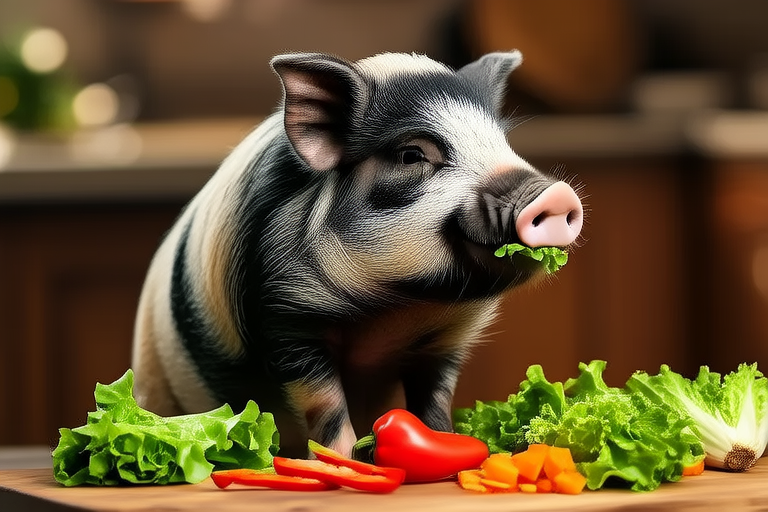The Ultimate Guide to Guinea Pig Diet: What They Love to Eat
Welcome to the ultimate guide to guinea pig diet! As a guinea pig owner, it’s important to understand what your furry friend needs to stay healthy and happy. Guinea pigs, also known as cavies, have specific dietary requirements that, if met, can significantly enhance their quality of life. This guide will cover everything from essential dietary components like hay, fresh vegetables, and fruits, to portion sizes and feeding schedules. We’ll also provide tips on introducing new foods, maintaining dental health, and addressing common nutritional deficiencies.
Essential Dietary Components
Hay is a cornerstone of a guinea pig’s diet. It aids digestion, supports dental health, and provides necessary fiber. Timothy hay is recommended for adult guinea pigs, while younger guinea pigs may benefit from alfalfa hay due to its higher calcium content. Fresh vegetables and fruits are also crucial, providing essential vitamins and minerals. However, it’s important to note that guinea pigs require a constant source of vitamin C, which they cannot produce themselves. Therefore, it’s vital to include vitamin C-rich foods in their diet.
Vitamin C Sources
Vitamin C deficiency can lead to scurvy, a condition characterized by lethargy, joint pain, and difficulty moving. To prevent this, ensure your guinea pig gets enough vitamin C. Safe sources include bell peppers, broccoli, and citrus fruits like oranges and strawberries. However, remember that too much vitamin C can cause diarrhea, so moderation is key.
Safe and Unsafe Foods
| Safe Foods | Unsafe Foods |
|---|---|
| Timothy hay, alfalfa hay, bell peppers, broccoli, oranges, strawberries, parsley, dandelion greens, spinach, carrots, cucumbers, green beans, apples (in small quantities), bananas (in small quantities) | Citrus fruits (except oranges), iceberg lettuce, rhubarb, chocolate, avocado, nuts, seeds, sugary treats, dairy products, meat, bread, and anything containing artificial sweeteners or preservatives. |
Portion Sizes and Feeding Schedules
Guinea pigs should have unlimited access to hay and fresh water. Vegetables and fruits should be given in moderation, with one or two different types offered daily. A good rule of thumb is to provide approximately one cup of vegetables per day for an average-sized guinea pig. Fruits should be limited to about one tablespoon per day due to their high sugar content.
Feeding times should be consistent, ideally twice a day, once in the morning and once in the evening. This helps establish a routine and ensures your guinea pig eats regularly.
Tips for Introducing New Foods
When introducing new foods, start with small portions to monitor for any adverse reactions. Watch for signs of digestive upset, such as diarrhea or bloating. If your guinea pig shows no negative effects after three days, you can gradually increase the portion size. Always introduce new foods one at a time to easily identify any problematic items.
